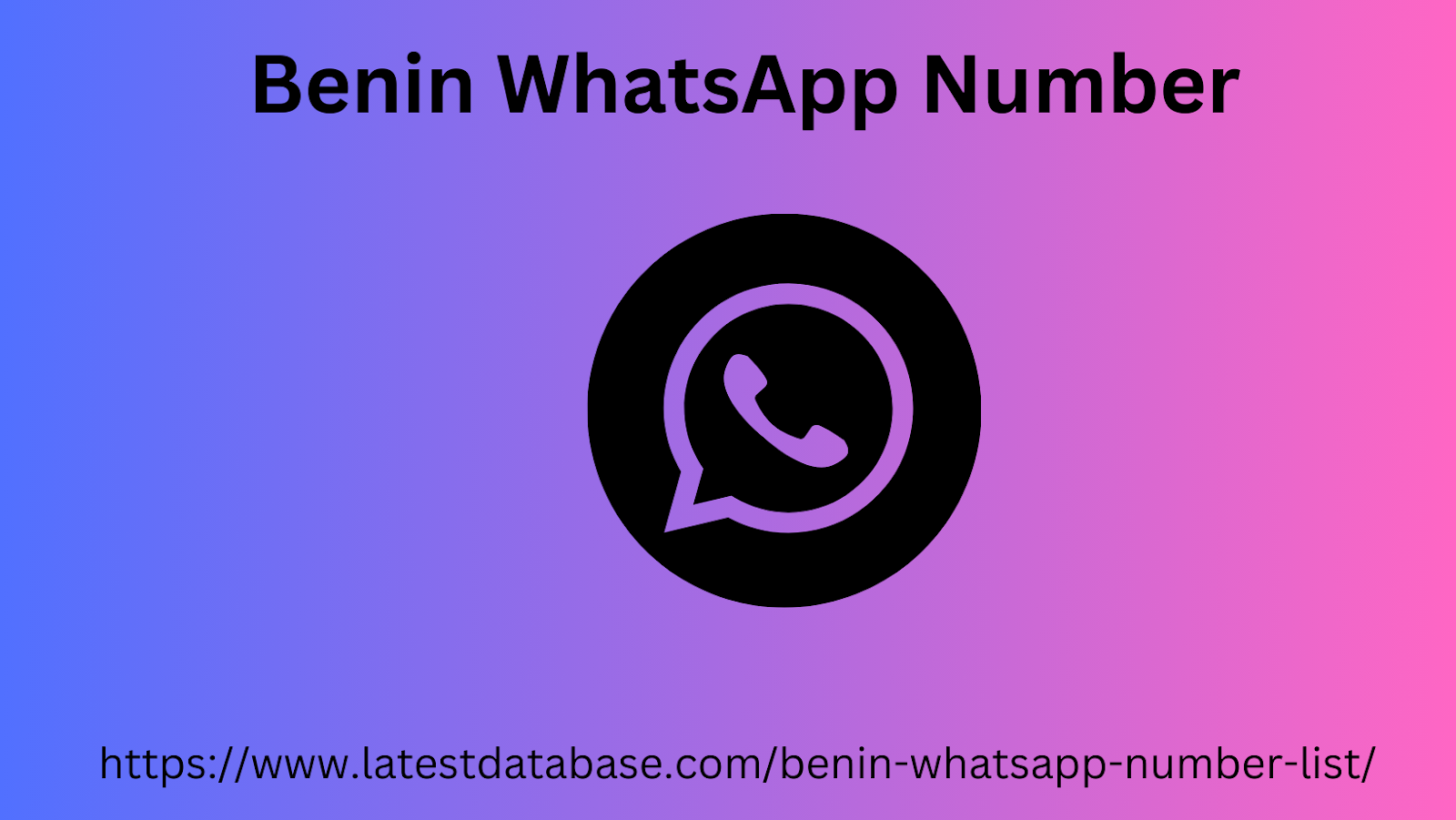|
|
To do this, you’re going to name one column “Headline1,” then reference the target campaign and ad group, respectively, followed by the device preference.creating mobile expanded text ads with a feedIn the example above, we’re changing the first headline (“Headline1”) for ads served on mobile devices, so that the copy makes reference to the fact that a prospect can call for a free quote.To push these customized ads live, simply open a bracket—just like you would if you were using DKI—type “=”, then the name of the feed (in this case “MobileETAs”) and the field that will change (“Headline1”), separating the two with a period.
And voila! Your mobile specific ads are ready to rock.TL;DRMobile specific ads are alive and well: you just have to Benin WhatsApp Number know where to find them.ETA Sin And6: Keeping your old ad extensionsAd extensions have long been a crux of many Google Ads accounts; they give you the opportunity to share a bunch of context-specific supporting information with prospects without having to dip into your ad’s allotted character count.Now, with ETA’s, extensions will still prove to be exceedingly useful.

You’re just going to have to make sure to avoid overlap.eliminating redundancy between expanded text ads and ad extensionsGoogle punishes advertisers whose ad copy and ad extensions align too closely by completely ignoring that the latter even exist: that’s right, Google will simply not serve extensions if they parrot the information in your ad copyI’m willing to bet that you find yourself dipping into your ad extensions to fill the hit the target character count.
|
|